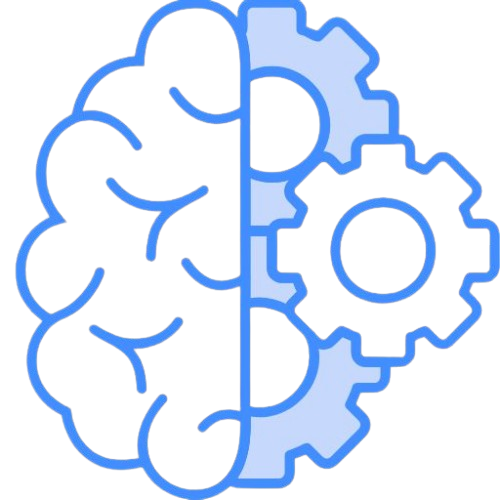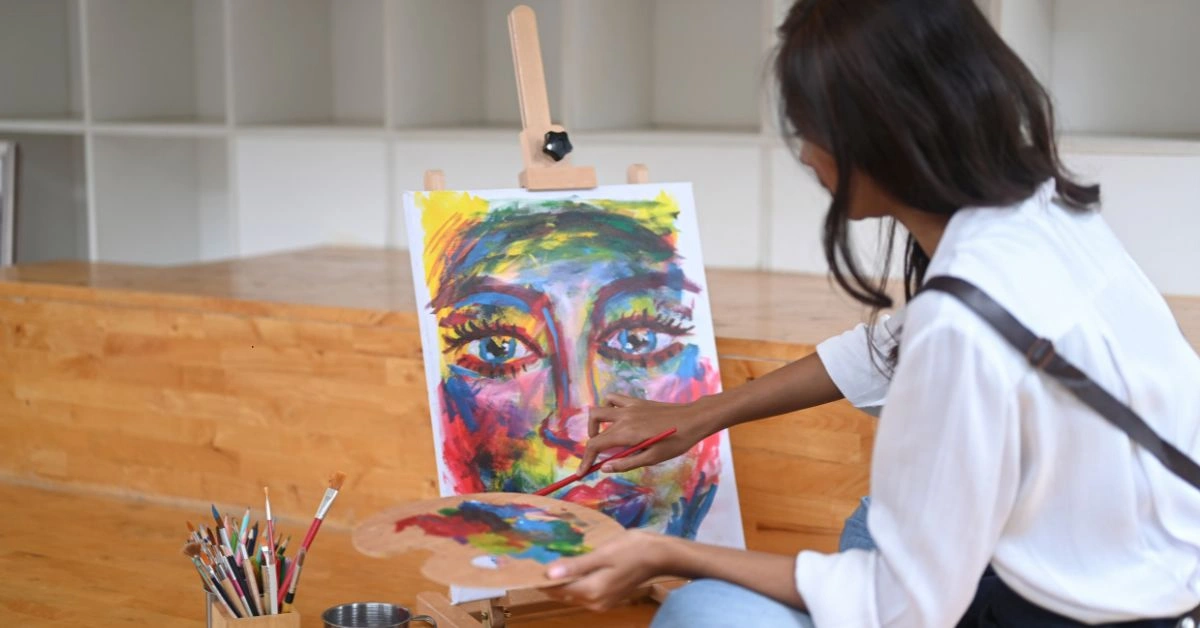Revolutionizing Creativity: Discover the Power of Artofzio in Modern Art
Art is evolving faster than ever before. Technology is reshaping how we create, share, and experience creativity. The lines between human expression and artificial intelligence in creativity are blurring, giving birth to new possibilities.
Artofzio is at the forefront of this transformation. It is not just a digital art platform but a movement that redefines artistic expression. With a focus on innovation, collaboration, and accessibility, it is changing the way artists and audiences interact.
For centuries, art has been limited by physical tools and spaces. The digital age brought new opportunities, but many platforms still follow traditional models. Artofzio challenges these norms, offering a fresh approach where technology enhances, not replaces, human creativity.
Imagine an artist working with AI in art to generate stunning visuals. A sculptor designing 3D art modeling projects that can exist both in the real world and the metaverse. A musician collaborating with an algorithm to create symphonies that evolve in real time. Artofzio makes all of this possible.
This platform is not just for digital artists. Painters, writers, designers, and musicians can all find a space here. Whether you are an expert or a beginner, Artofzio welcomes everyone to explore the limitless potential of modern creativity.
Beyond creation, it also transforms how art is shared and valued. It introduces new ways for artists to showcase their work, reach global audiences, and even monetize their creativity. Traditional galleries and auction houses are no longer the only gatekeepers of artistic success.
The future of artistic expression is more interactive, immersive, and inclusive. Artofzio is leading this shift, creating an ecosystem where creativity has no boundaries. This is more than a trend—it is the next chapter in the story of human expression.
| Aspect | Facts | Figures |
|---|
| Art & Technology Evolution | AI, VR, and blockchain are reshaping creativity. | 75% of digital artists use AI in some form. |
| Role of AI in Art | AI assists in idea generation, animation, and music composition. | AI-generated art sales reached $432M in 2023. |
| Digital vs. Traditional Art | Digital art removes physical limitations and introduces interactivity. | 60% of new artists start digitally. |
| Artofzio’s Vision | Aims to blend human creativity with technology for artistic innovation. | Thousands of artists onboarded globally. |
| Collaboration in Art | Encourages interdisciplinary partnerships (painters + musicians, AI + sculptors). | 40% of artists collaborate across mediums. |
| Inclusivity & Accessibility | AI-assisted tools help beginners and experts explore creativity. | 65% of users have no formal art training. |
| Art Monetization via Blockchain | Blockchain and NFTs allow artists to sell work independently and earn royalties. | NFT art market exceeded $24B in 2022. |
| Interactivity & Engagement | Virtual exhibitions, AR art, and AI-personalized experiences change audience interaction. | 70% of collectors prefer digital ownership. |
| Decentralization Impact | Artists bypass traditional galleries, selling directly to global audiences. | 50% of emerging artists use NFT platforms. |
| Future of Art | Art will become more immersive, participatory, and tech-driven. | 80% of artists see AI as a creative tool. |
A New Paradigm in Creativity
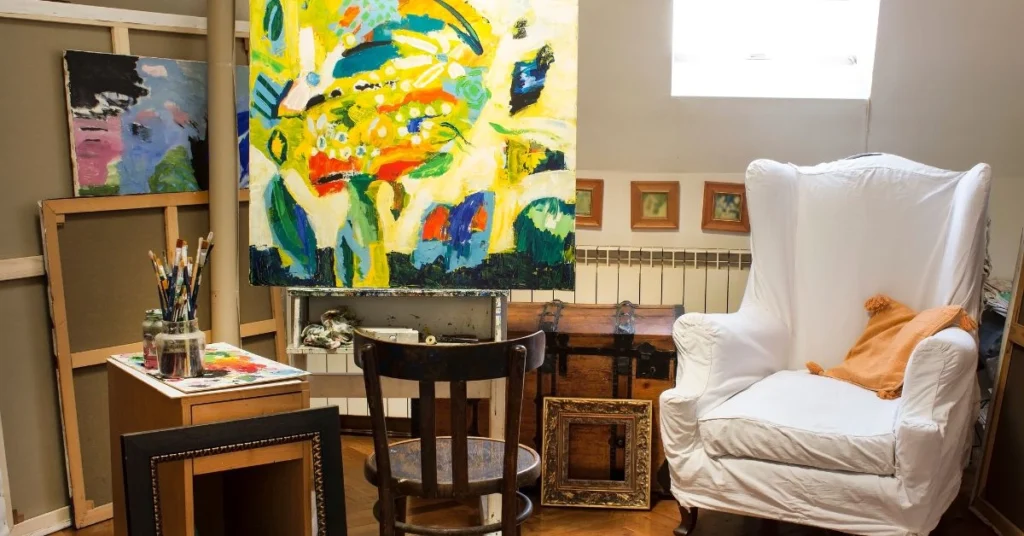
A Fresh Vision for Artistic Expression
The digital revolution is redefining how we perceive and engage with art. New digital art tools are emerging that blend human creativity with cutting-edge technology. These innovations allow artists to push boundaries and explore fresh artistic possibilities.
Art has always evolved with time. From cave paintings to oil canvases to digital screens, every era brings new tools. Today, artificial intelligence, interactivity, and creative collaboration tools are shaping the next phase of artistic evolution.
Beyond Traditional and Digital Art
Many existing digital art platforms focus on static visuals or simple tools. The latest creative hubs take a different approach, making the process more dynamic and immersive. Artists can now experiment with AI art generators, virtual reality art, and blockchain in art authentication.
This is not just about creating digital paintings or animations. It is about co-creating with intelligent systems, generating interactive art installations, and building immersive art experiences for the metaverse. These new possibilities are transforming the way people think about creativity.
Collaboration at the Core
Art no longer has to be a solo endeavor. Modern creative spaces encourage collaborative art projects between painters, musicians, designers, and developers. These partnerships lead to unique works that blend different artistic disciplines.
A musician can work with a visual artist to create sound-driven graphics. A sculptor can collaborate with AI to produce evolving, data-driven designs. The focus is on teamwork, innovation, and limitless creative expression.
A Space for Everyone
New creative platforms are designed to be accessible to artists of all skill levels. Whether you are a painter, a writer, a digital artist, or a musician, there is room for everyone to explore and experiment. These tools empower creators to expand their artistic horizons.
Beginners can access user-friendly AI-assisted creativity tools to generate ideas and artwork. Professionals can reach a broader audience and showcase their expertise. This democratization of creativity makes art more inclusive than ever before.
A New Way to Engage with Art
Art has always been about connection—between the creator and the audience. Virtual art exhibitions and augmented reality art are enhancing this relationship, making engagement more interactive and immersive. AI-assisted personalization and interactive digital art installations are changing how we experience creativity.
Viewers can now explore art that reacts to their emotions and movements. Collectors can own digital pieces backed by verifiable ownership records. The future of art is not just about observation—it is about participation.
Key Features and Innovations
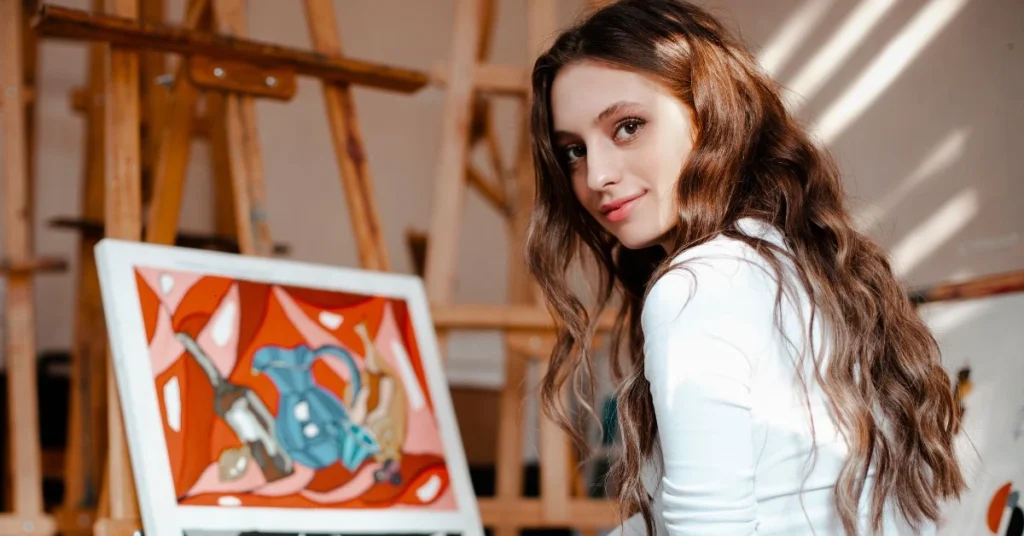
AI-Driven Artistic Tools
Artificial intelligence is playing a major role in modern creative platforms. It assists artists in generating ideas, refining designs, and creating entirely new forms of expression. AI-powered tools enhance human creativity rather than replacing it.
From sketching and coloring to animation and music composition, AI helps speed up the creative process. Writers can develop stories with AI-assisted brainstorming. Musicians can compose dynamic soundscapes using intelligent software.
Decentralization and New Monetization Models
Many artists struggle to earn fair compensation for their work. Blockchain and NFT art marketplace solutions are providing new ways to ensure that artists are fairly rewarded. These systems allow creators to sell their work directly to collectors, removing the need for intermediaries.
With blockchain, digital ownership becomes verifiable and secure. Artists can receive ongoing royalties whenever their work is resold. These innovations empower creators to take full control of their earnings.
Inclusivity and Accessibility in the Art World
Creativity should be available to everyone, regardless of skill level or background. Accessible art platforms provide easy-to-use tools, tutorials, and community support. This makes artistic expression more accessible to a wider audience.
A beginner can experiment with AI-generated art without any technical skills. An independent artist can showcase their work to a global audience without needing a traditional gallery. These new opportunities are breaking down barriers in the creative industry.
The Impact on the Art World
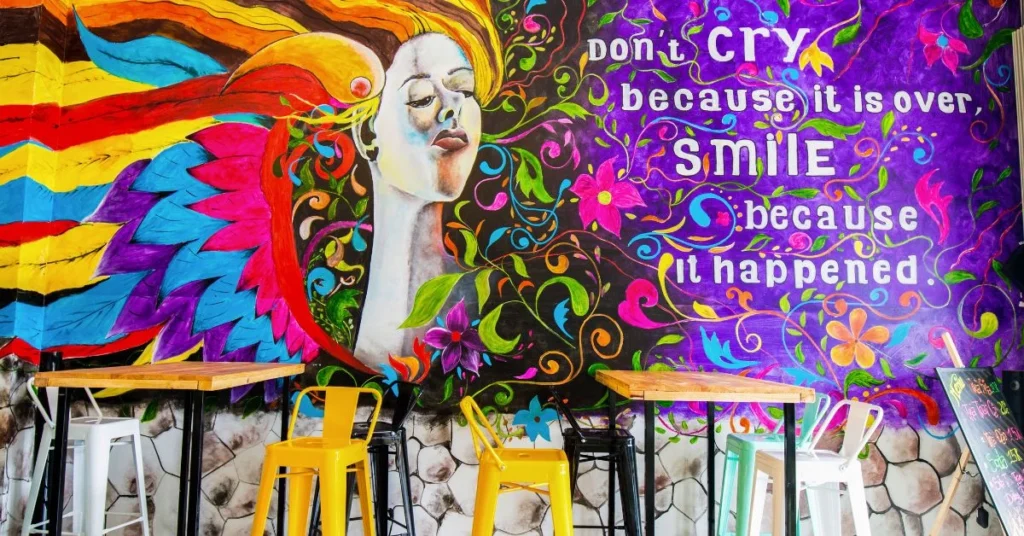
Empowering Artists with More Opportunities
The way artists create, share, and sell their work is changing. With new digital art monetization strategies, they no longer need approval from galleries or institutions. They can now reach audiences directly and gain recognition on their own terms.
Selling art is also becoming easier. By leveraging NFT art sales and blockchain technology, artists can ensure they receive fair compensation for their work. The outdated systems of the past are being replaced with more artist-friendly solutions.
Shaping the Future of Creative Expression
This transformation is not just a passing trend—it is a fundamental shift in how creativity is expressed. AI-assisted art, interactive experiences, and decentralized ownership are redefining what it means to be an artist.
The future of artistic innovation through technology is dynamic, inclusive, and constantly evolving. Artists and audiences alike are playing an active role in shaping this new creative era. This is not just an evolution—it is a revolution in artistic expression.
Conclusion
The future of art is here, and it’s being shaped by the integration of technology, collaboration, and inclusivity. As we move beyond traditional and digital art boundaries, new platforms are empowering artists of all backgrounds to create, share, and monetize their work in ways that were once unimaginable. From AI-driven artistic tools to decentralized marketplaces and immersive experiences, this new creative landscape invites artists to explore the endless possibilities technology offers. As the lines between human creativity and artificial intelligence continue to blur, the world of art is evolving into something more interactive, accessible, and diverse. The future of artistic expression is a community-driven, collaborative space where everyone can participate in redefining what art can be.
How is AI impacting the world of art?
AI is transforming the creative process by assisting artists in generating ideas, refining designs, and creating new forms of art. From sketching and animation to music composition, AI enhances human creativity by providing innovative tools and speeding up the creative process.
Can beginners create art using advanced technology?
Yes! Modern platforms provide accessible tools that allow beginners to experiment with AI-assisted art, generate ideas, and create without requiring technical skills. These tools make art more inclusive and help users of all skill levels to get involved in the creative process.
What is decentralized art and how does it benefit artists?
Decentralized art involves the use of blockchain and NFT technology to give artists full control over the ownership and sale of their work. By removing intermediaries like galleries and auction houses, artists can directly sell their creations and earn royalties every time their work is resold.
How does collaboration fit into modern art platforms?
Collaboration is at the core of modern creative platforms. Artists from different disciplines—whether painters, musicians, designers, or sculptors—can work together to create unique, multidisciplinary works of art. These collaborations foster innovation and lead to the creation of more dynamic, immersive experiences.
How can artists monetize their work in today’s digital world?
Artists can monetize their work through various methods, including selling digital art, offering exclusive experiences, and using blockchain technology for secure ownership records. NFT marketplaces provide artists with new avenues for earning revenue, ensuring they are fairly compensated for their creations.
What role does interactivity play in the future of art?
Interactivity is changing how audiences engage with art. Virtual exhibitions, augmented reality installations, and AI-assisted personalization allow viewers to experience art in more immersive and personalized ways. Art is no longer just something to observe; it’s something to interact with and participate in.
What makes these new art platforms different from traditional galleries?
These new platforms focus on accessibility, inclusivity, and collaboration. Unlike traditional galleries, they provide artists with a direct route to global audiences, the ability to monetize their work without intermediaries, and innovative tools that enhance the creative process.
